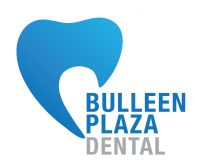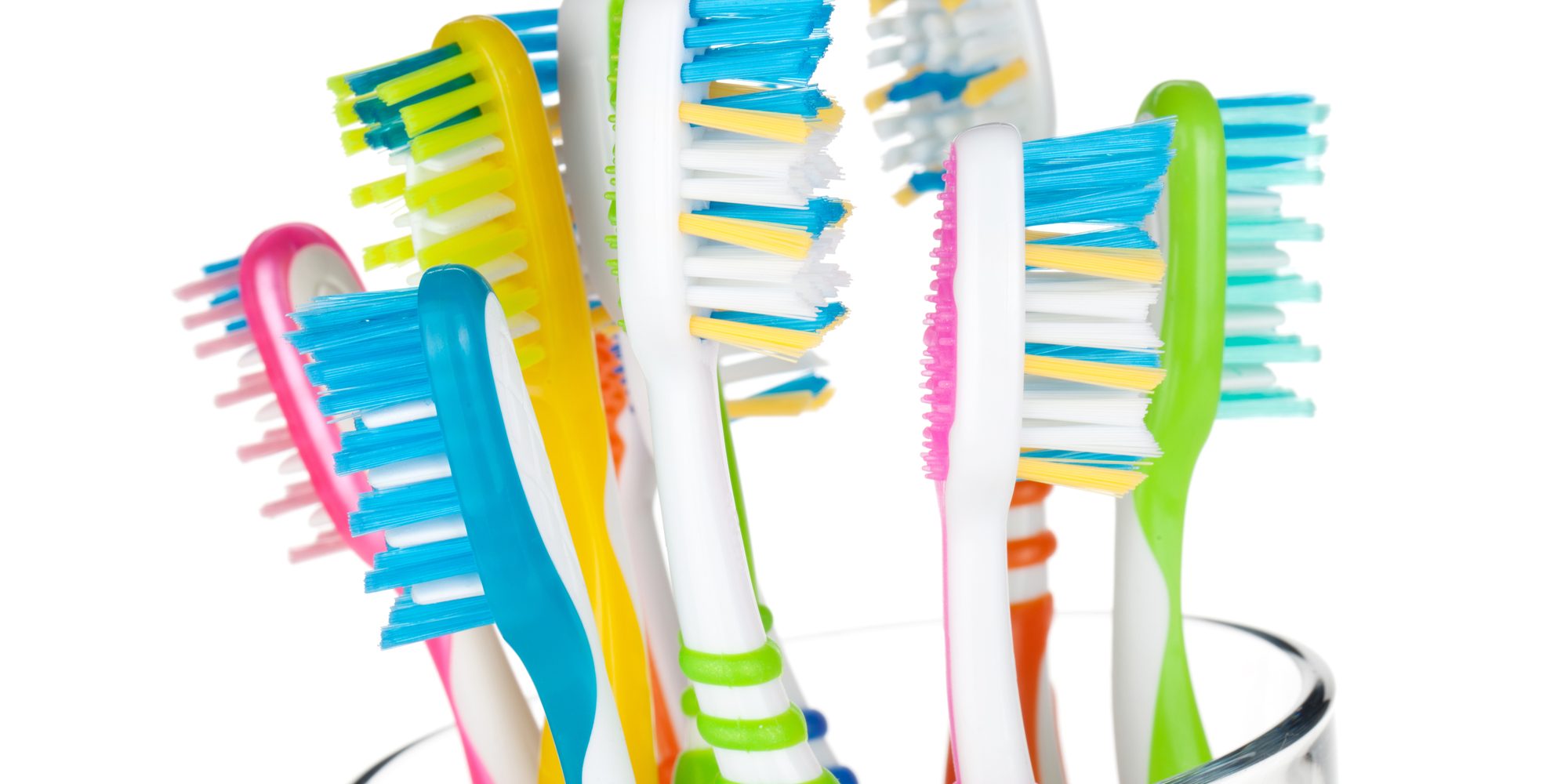Your toothbrush is your first line of defense against the bacteria that cause gum disease, tooth decay, and bad breath. If you’re using your toothbrush as recommended, brushing at least two times per day for two minutes per session, the soft bristles begin to fray and accumulate potentially harmful bacteria. This is generally a tell tale sign that your toothbrush needs replacing, but how often exactly should we throwing out the old and replacing with the new?
You might be surprised to find out that according to manufacturer guidelines and dentist recommendations, your toothbrush should be replaced every 12 to 16 weeks.
There are also cases when you might need to replace your toothbrush sooner. If you don’t replace a toothbrush or electronic toothbrush head when it needs to be, it can affect your dental health and spread infection.
Brushing two or more times per day is still considered standard for a manual toothbrush. At this rate of use, the bristles in your brush will start to fall out and become mangled or twisted within about 3 months.
Once the bristles in your toothbrush start to lose their stiffness, the toothbrush is almost ready for the trash. Without bristles that brush aside food and plaque, your toothbrush quickly loses its efficiency.
How often should you change an electric toothbrush head?
Electric toothbrush heads clean the surface area of your teeth by quickly rotating or vibrating. These toothbrush heads still have nylon bristles that can wear after regular use. What’s more, those bristles are shorter, which means that they may fray more quickly.
Plan to change out the toothbrush head on your electronic toothbrush every 12 weeks, or even earlier. Watch for signs of wear and tear on the bristles to know when it’s time to say goodbye to a brush head.
What happens if you don’t change your toothbrush
One of the most common issues that can result from using an old toothbrush is bad breath.
When you don’t change your brush in the recommended amount of time, the bristles can become frayed. Frayed bristles are less effective in removing plaque and food debris around the teeth. Less effective plaque removal can lead to excess bacteria in the mouth, which causes bad breath.
Another issue that can occur when you don’t brush your teeth often enough is even more serious. A frayed toothbrush also harbors more bacteria, which can get redeposited in the mouth causing reinfection and increased gingivitis.
It’s also recommend changing your brush after a recent illness—like a cold, flu, or bacterial infection—to avoid reinfection and infecting a neighboring toothbrush owner, even better it’s wise to replace the toothbrush of everyone else in your household.
You might want to change out toothbrushes for children more often than every 3 months, as they may mash on a toothbrush head or gnaw on the handle.
Don’t forget to watch your child when they’re brushing their teeth to make sure they aren’t exposing their brush head to any other surface besides their teeth.
Luckily, there are plenty of easy ways to make sure you change your toothbrush regularly. One suggestion is to purchase multiple toothbrushes at a time, that way, when it’s time to change your toothbrush, you already have a stash of them at home.
Replacing toothbrushes is hands-down the easiest thing you can do for your oral hygiene.







